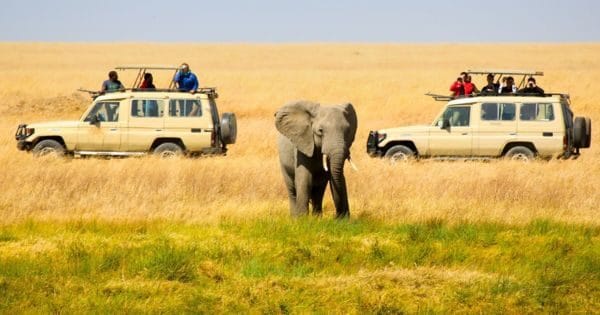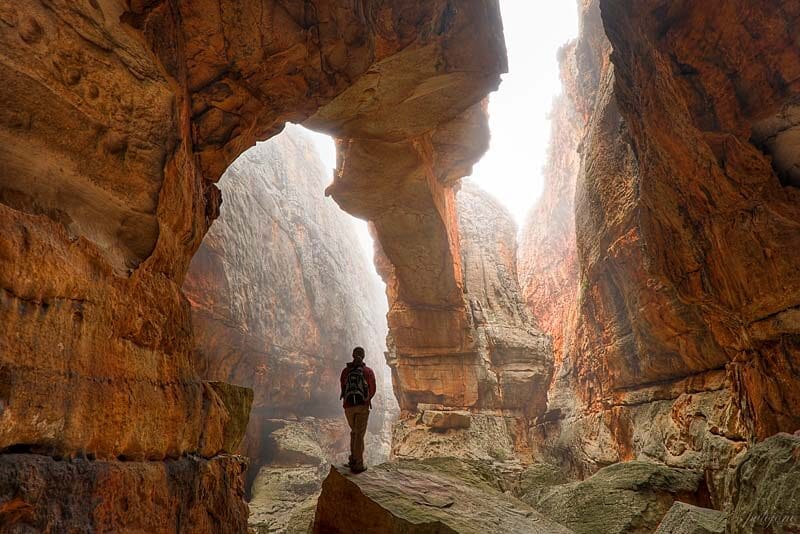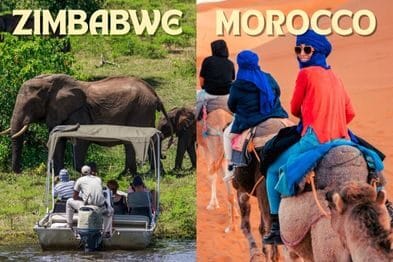What’s The Best Time to Travel to Africa for Safari?
Africa does not have an off switch. From sunrise on the Serengeti to moonlight over the Okavango Delta, the continent moves in rhythms older than seasons. Lions hunt through dust storms, elephants wade through flooded plains, and thunderheads gather like slow applause. The question is not whether Africa is ready for you, but whether you are ready for its timing.
There is no single best month to go on safari. There are only different versions of the same story: dry and dramatic, green and alive, quiet and wild. The right time depends on what you want to feel.
Understanding Africa’s Seasons
Because Africa straddles the equator, its climates twist and overlap. When Kenya’s plains are bone-dry, Zambia’s rivers are full. When South Africa’s winter skies clear, Tanzania’s rains have already gone. It is better to think in regions than in months. Each has its own calendar of light, color, and sound.
East Africa: The Great Migration and Golden Plains
East Africa is the stage for the world’s most famous wildlife drama: the Great Migration. From June to October, herds of wildebeest and zebra thunder across the Serengeti into Kenya’s Maasai Mara, followed closely by lions and crocodiles. The dry season here is safari perfection: clear skies, short grass, easy game viewing.
January and February bring a quieter kind of magic. Calving season fills the plains with newborn life and predatory tension. In Uganda and Rwanda, drier trails make gorilla trekking more comfortable, though sightings are good all year.
Travel during the green season, from November to May, and you trade crowds for color. The savannah glows after rain, the air smells clean, and photographers find their paradise.
Southern Africa: Quiet Drama and Wide Horizons
Southern Africa runs on a different rhythm. From May to October, the land dries, and animals move toward waterholes and rivers. This is the classic safari window: cool mornings, clear air, and constant wildlife. In Botswana, the Okavango Delta floods when much of the continent is parched, creating a maze of lagoons where elephants swim and fish eagles hunt.
When the rains return from November to April, the bush transforms. Grass grows thick, flowers bloom, and young animals stumble after their mothers. Birdlife explodes into color. The roads can be muddy and some lodges close, but for travelers who love solitude and low prices, it is a secret worth keeping.
Central Africa: Rainforests and Patience
In Central Africa, safari means green shadows and sudden movement. The forests of the Congo Basin and Gabon are alive year-round. Rain is part of the experience, not a spoiler. Gorilla and chimpanzee trekking are possible in most months, though June to September and December to February are slightly drier.
Here, the reward is intimacy rather than spectacle: meeting a gorilla’s gaze, watching forest elephants vanish into mist, hearing rain hit a thousand leaves at once.
Northern Africa: Deserts and Culture
For travelers chasing sand dunes, temples, and caravan trails, the best time to visit North Africa is from October to April. Temperatures are mild, skies are sharp, and the Sahara feels endless. While not traditional safari territory, it offers its own kind of wildness: camel treks, desert nights, and star fields without borders.
Special Wildlife Moments
Some seasons are defined by rare natural events.
The Great Migration crossings from July to September.
Calving season in the Serengeti from January to March.
Victoria Falls at its fullest from April to May.
Bird migrations through Southern Africa from November to February.
Traveling outside peak months can be equally rewarding. The green season reveals behaviors and sounds the dry season hides. In the wet months, Africa breathes loudly: frogs calling, rivers rising, and lightning dancing across the plains.
Crowds, Budgets, and Choices
The dry season delivers predictability, but also higher prices and more vehicles around each lion sighting. The green season brings softer light, quieter lodges, and more room to think. If you want simplicity and guaranteed sightings, go in the dry months. If you crave space, color, and a sense of discovery, travel when others stay home.
When Not to Go
Some regions shut down temporarily during heavy rains, especially in Zambia’s Luangwa Valley or northern Mozambique, when roads flood and malaria risk rises. Plan ahead, but do not let these months scare you away. Africa is rarely dangerous, only demanding.
The Safari Never Sleeps
The African wilderness does not wait for perfect weather. It moves, adapts, and keeps its rhythm whether you are there or not. Each season brings a different kind of truth: dust or thunder, gold or green, silence or sound.
The best time to travel to Africa for safari is when your curiosity outweighs your hesitation. The land will meet you where you are and show you what you are ready to see.








